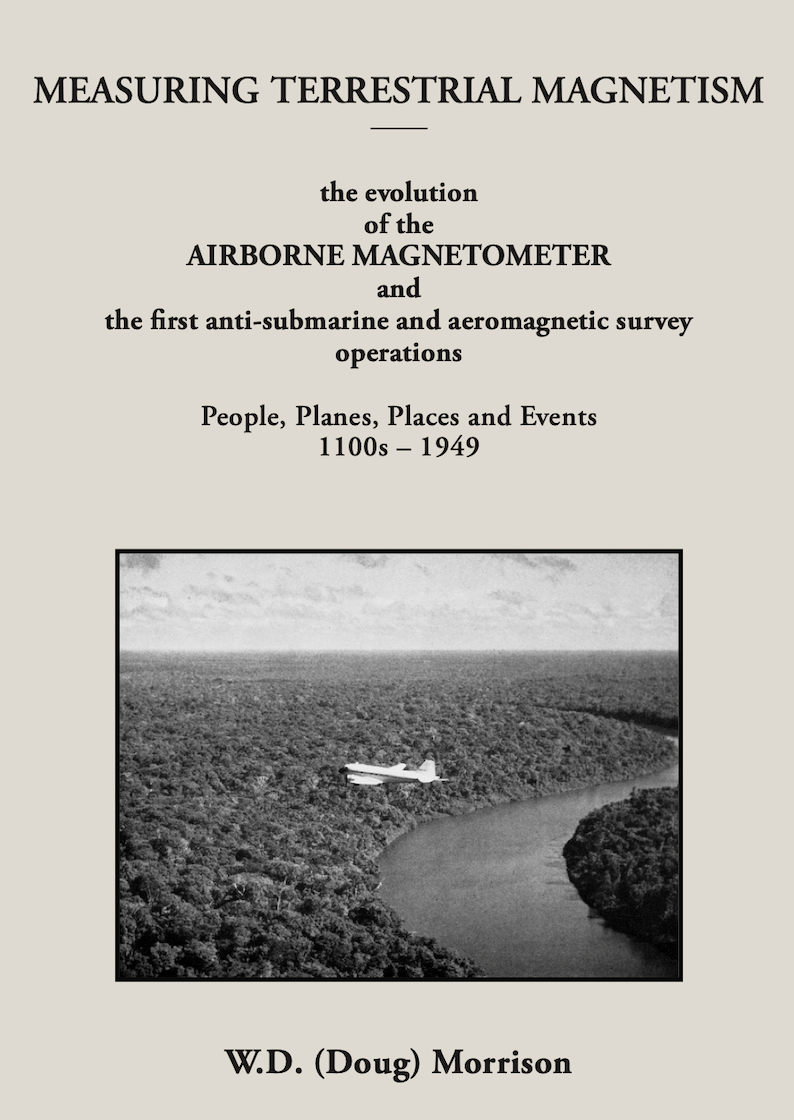Membership renewals open for 2024 - Click here
LaCoste and Romberg Gravity model G meter
LaCoste and Romberg
Method: Gravity
Description
LaCoste and Romberg gravity meters were for a long time the state-of-the-art survey tool for measuring the acceleration due to gravity. They are ‘relative’ meters (rather than ‘absolute’ meters) and are small enough for a single operator to manage.
The mechanism involves a beam, supported by a ‘zero-length’ spring at an angle of 45 degrees. The meter is read by nulling the mass position, i.e., adding or subtracting a small amount of force to restore it to a set position. This is achieved by rotating the large metal knob until the beam is level. The reading is then simply read off the counter. It is a highly precise instrument; the unit measures in milligals: one milligal is equivalent to 0.00001 metres per second squared.
Geophysicists use gravity surveys to investigate subsurface variations in density. Changes in density due to different lithologies allow scientists to understand what is happening underground. Gravity surveys are used for mineral, oil and gas exploration, civil engineering applications, as well as a variety of environmental purposes.

